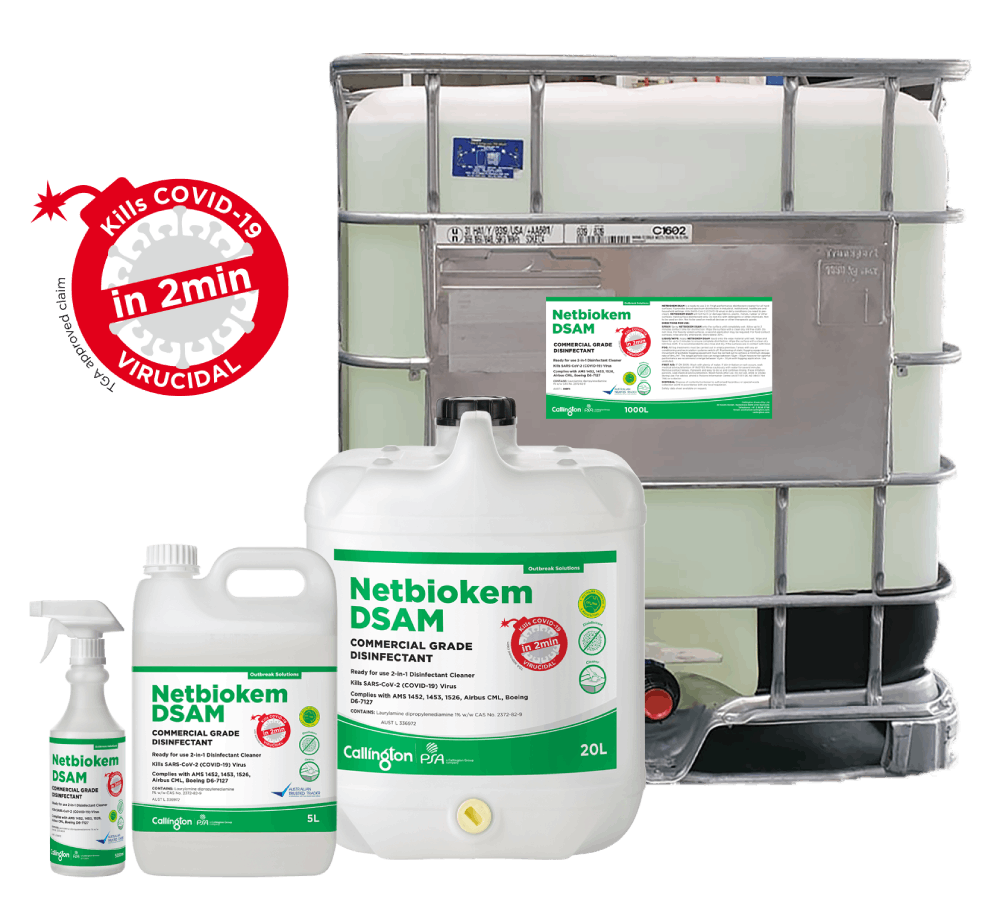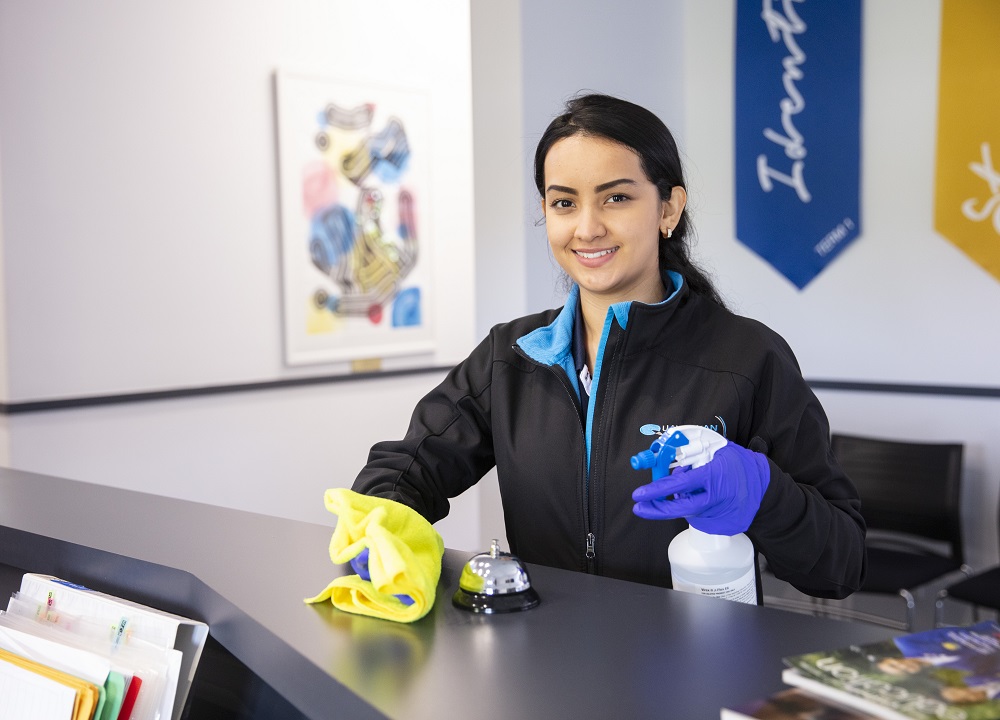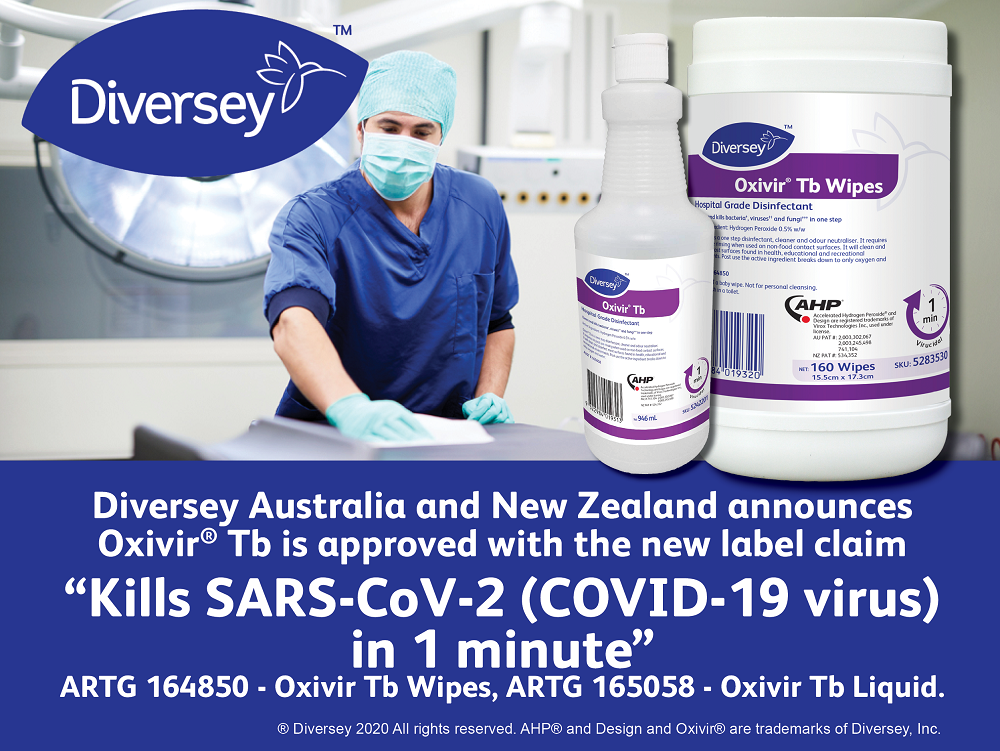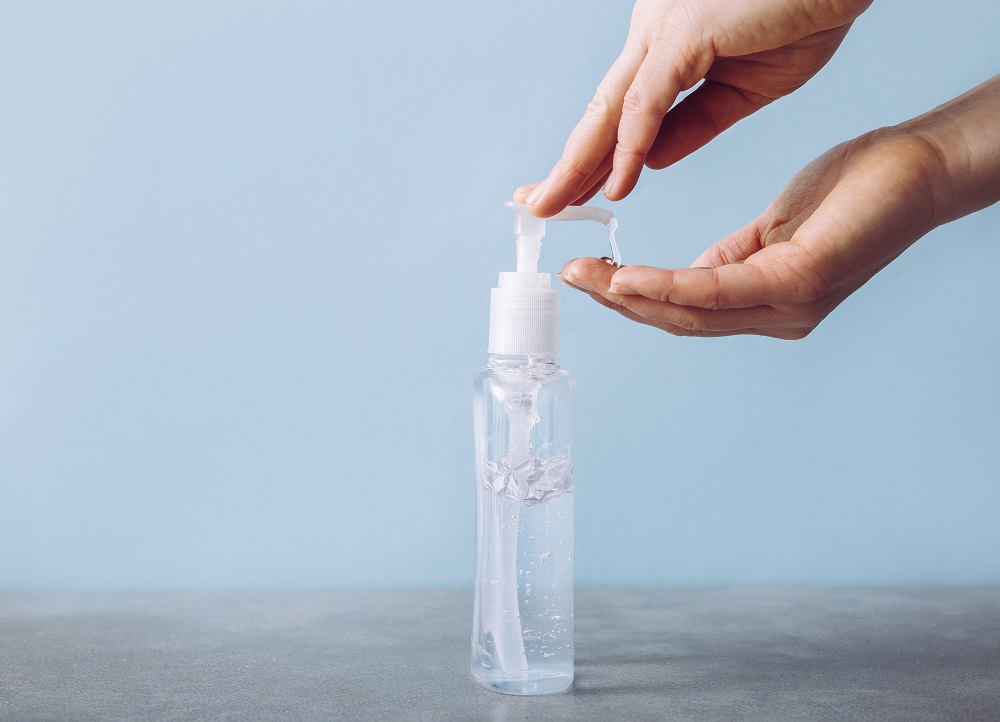
Indoor air quality is extremely important for productivity and occupant health in any industrial, commercial, or residential property.
HVAC air conveyance systems, with associated ductwork and ductless mini split systems, provide acceptable indoor air quality atmospheres.
They must also be inspected, maintained, and cleaned on a routine schedule in order to operate most efficiently, therefore saving operating costs. This includes the interior of the ductwork and the replacing of filters.
Air conveyance systems filter out dust, particulates, volatile organic compounds (VOCs), mold spores, bacteria, viruses, and lower humidity levels while removing moisture levels in a building.
Unfortunately, dust, particulates, VOC’s, mold spores, bacteria, and viruses can accumulate on the interior surfaces of the air conveyance systems and interior ductwork. This accumulated mass of debris can be aerosolized and transmitted through air currents.
Study results
Regarding the COVID-19 virus, a study has shown that a human sneeze or cough can disperse smaller droplet nuclei into air currents up to 12 feet away and linger in the air for more than one minute.1 Another study confirmed that a burst from a person’s mouth at nearly a hundred miles an hour can travel as far as 27 feet.2
Where can the COVID-19 droplets be aerosolised, carried to, and transmitted? Possibly through the HVAC duct systems.
A ducted HVAC system creates air currents, which can likely carry smaller viral particles even further. According to Chinese health officials, when the COVID-19 pandemic first started, ten people from three families eating in a Guangzhou, China, restaurant became infected earlier this year.
Aerosolised droplet transmission was prompted by air-conditioned ventilation. Researchers reviewed a video from the restaurant and saw many of these patrons were more than six feet apart from one another, suggesting that the virus followed the airflow, traveling through the air.3
An ongoing study of environmental contamination obtained surface and air samples in two Nebraska Biocontainment Units (NBUs) and nine residential isolation rooms housing individuals who tested positive for SARS-CoV-2.
The room surfaces that were tested included ventilation grates, tabletops, and window ledges. Virus samples with the highest concentration were recovered from an air handling grate in the NBU.
Airflow in the NBU suites originated from a register at the top center of the room and exited from grates near the head of the patient’s bed on either side of the room.
Airflow modeling has suggested that some fraction of the airflow was directed under the patient’s bed, which may have caused the observed contamination under the bed, while the dominant airflow likely carried particles away from the patient’s bed towards the edges of the room, passing by the windows, resulting in some deposition there.4
A recent study of SARS-CoV-2 stability indicates that infectious aerosol may persist for several hours and on surfaces for as long as two days.
The most prolonged viability of viruses was on stainless steel and plastic. The estimated median half-life of SARS-CoV-2 was approximately 5.6 hours on stainless steel and 6.8 hours on plastic.5
In conjunction, influenza viruses can spread through the air on dust, fibers, and other microscopic particles, according to new research from the University of California, Davis and the Icahn School of Medicine at Mt. Sinai.6
Airflow
Although ductwork interiors can be made of smooth metal, fine dust can collect on air duct surfaces, vents, motors, and coils. Flakes of dead skin, hair, and pet dander catch onto the dust, and before long, this process creates a dense, mat-like environment where viruses, bacteria, mold, dust mites, and allergens can flourish. This is similar to a vehicle’s exterior during a spring pollen season, as the pollen would coat the vehicle and windows.
For instance, when dust is carried on air currents generated by air conditioning and similar devices, the dust takes on a positive or negative static electric charge due to contact with various objects.
Dust with a positive electric charge will be attracted to objects with a negative electric charge and vice versa. The greater the amount of dust in the air, the more considerable the amount of dust that clings to objects within the room.
Also, if sources of dust (mainly people and clothing) are electrically charged, the dust that is generated from these sources is electrically charged as well. This attractive force generated by static electricity is known as “Coulomb force.”7
Also, ductwork return airstreams contain levels of humidity and moisture. As a result, this moisture can adhere to the ductwork interior and capture dust particulate.
HVAC air filters might help in capturing the viral particles and dust particulates. A high-efficiency particulate air (HEPA) filter effectively removes small particles, 99.7 per cent of particles 0.3 microns. A minimum efficiency reporting value (MERV) filter removes larger particles, 0.3 microns to 10 microns.
A MERV filter rated 17 or higher is considered HEPA-like in efficiency. However, most commercial buildings have MERV filters rated 12 or lower.
Unfortunately, a coronavirus particle is about 0.1 microns and cannot be viewed with human eyesight. So, there’s no guarantee that a HEPA filter would stop viral particles and dust particulates.
Current standard air handling units (AHUs) in HVAC systems circulate up to 80 per cent – 90 per cent of the air in regular systems during peak-load conditions, such as winter and summer, when outdoor ventilation airflow is set at the minimum percentage to save energy. Standard filtration units in HVAC systems cannot remove the virus within an airstream effectively. The HVAC system has become a central point of contact to spread the virus by recirculating contaminated air into space.
Based on the studies and information, inspection, testing, and surface and air sampling, cleaning and disinfecting HVAC air conveyance systems and associated ductwork can help prevent the transmission of COVID-19.
HVAC system and ductwork cleaning and disinfecting best practices:
- Review HVAC air conveyance systems and associated ductwork drawings and diagrams.
- While donning proper PPE, perform a visual inspection of the exterior and interior of the HVAC air conveyance systems and associated ductwork, registers/vents, motors, coils, and filters. Use a video borescope camera if necessary and take digital pictures. Document and log any observations, even if the ductwork “looks clean.”
- Test and inspect for any air leakage, VOCs, particulates, and duct metal seam issues.
- Perform pre- and post-surface swab sampling, of the HVAC air conveyance systems and associated ductwork, registers/vents, motors, coils, and filters. The pre-surface swab sampling may identify any hazardous substances and hazardous particulates.
- Perform pre- and post-air sampling of the project area. Performing these samplings will help identify and isolate specific systems and affected areas, along with identifying any hazardous substances and/or particulates.
- Use environmental controls and infection control risk assessment protocols to contain and isolate the cleaning and disinfecting project. This includes setting up HEPA air scrubbers, negative air machines, and containment barriers while using a particulate counter and air pressure monitor.
- Ultra-low volume (ULV) fogging using a non-acidic, non-chlorine-based Environmental Protection Agency (EPA) registered virucide, biocide, and fungicide disinfectant can be implemented, outside and inside ductwork, on registers/vents, motors, coils, and the entire project area, to inactivate any viral aerosols. For efficacy, allow a minimum of a 10 minute dwell time, or the dwell time per the virucide label, on surfaces.
- Clean the interior ductwork surfaces from larger dust and particulates, using HEPA vacuuming, rotobrushing, air whipping, and mechanical cleaning. Interior fiberglass lined ductwork requires specialized attention and cleaning to prevent fiber damage and release. Visually inspect to prevent re-contamination.
- On metal interior ductwork, registers/vents, motors, and coils, clean and disinfect, using a non-acidic, non-chlorine based, EPA registered virucide, biocide, and fungicide disinfectant. For efficacy, allow a minimum of a 10-minute dwell time, or the dwell time per the virucide label, on surfaces.
- Replace and install new HEPA filters. Ductless mini split systems may have a washable filter. Itis best to HEPA vacuum the air conveyance unit and disinfect the washable filter often with an EPA registered virucide, biocide, and fungicide disinfectant. For efficacy, allow a minimum of a 10-minute dwell time, or the dwell time per the virucide label, on surfaces.
As mentioned at the beginning of this article, it’s important for the HVAC systems to be inspected, maintained, and cleaned on a routine schedule. If you do this, your air conveyance system will operate most efficiently, provide a healthier indoor air environment, and save costs over time.
Jon A. Barrett is marketing manager of SERVPRO of Blackwood and Gloucester Township, NJ. Barrett has over 30 years of remediation and restoration cleaning experience in the government, industrial, manufacturing, commercial, residential, and insurance industry sectors.
Sources:
1 https://www.fau.edu/newsdesk/articles/mechanical-cough-coronavirus.php
3 https://wwwnc.cdc.gov/eid/article/26/7/20-0764_article
5 https://www.nejm.org/doi/10.1056/NEJMc2004973
6 https://www.sciencedaily.com/releases/2020/08/200818094026.htm
7 https://www.keyence.com/ss/products/static/resource/solution/
Comment below to have your say on this story.
If you have a news story or tip-off, get in touch at info@3.106.117.80.
Sign up to INCLEAN’s newsletter.





